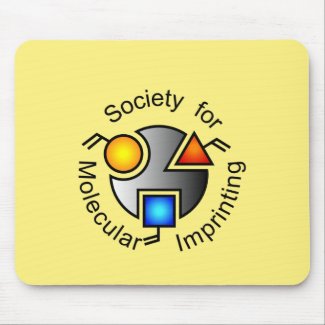
Authors: Jo SH, Park C, Yi SC, Kim D, Mun S
Article Title: Development of a four-zone carousel process packed with metal ion-imprinted polymer for continuous separation of copper ions from manganese ions, cobalt ions, and the constituent metal ions of the buffer solution used as eluent.
Publication date: 2011
Journal: Journal of Chromatography A
Volume: 1218
Issue: (33)
Page numbers: 5664-5674.
DOI: 10.1016/j.chroma.2011.06.094
Alternative URL: http://www.sciencedirect.com/science/article/pii/S0021967311009356
Abstract: A three-zone carousel process, in which Cu(II)-imprinted polymer (Cu-MIP) and a buffer solution were employed as adsorbent and eluent respectively, has been developed previously for continuous separation of Cu2+ (product) from Mn2+ and Co2+ (impurities). Although this process was reported to be successful in the aforementioned separation task, the way of using a buffer solution as eluent made it inevitable that the product stream included the buffer-related metal ions (i.e., the constituent metal ions of the buffer solution) as well as copper ions. For a more perfect recovery of copper ions, it would be necessary to improve the previous carousel process such that it can remove the buffer-related metal ions from copper ions while maintaining the previous function of separating copper ions from the other 2 impure heavy-metal ions. This improvement was made in this study by proposing a four-zone carousel process based on the following strategy: (1) the addition of one more zone for performing the two-step re-equilibration tasks and (2) the use of water as the eluent of the washing step in the separation zone. The operating conditions of such a proposed process were determined on the basis of the data from a series of single-column experiments. Under the determined operating conditions, 3 runs of carousel experiments were carried out. The results of these experiments revealed that the feed-loading time was a key parameter affecting the performance of the proposed process. Consequently, the continuous separation of copper ions from both the impure heavy-metal ions and the buffer-related metal ions could be achieved with a purity of 91.9% and a yield of 92.8% by using the proposed carousel process based on a properly chosen feed-loading time
Template and target information: copper ion, Cu(II)
Author keywords: Carousel process, Metal-ion imprinted polymer, Copper separation, Continuous separation process, Heavy metal ions



Join the Society for Molecular Imprinting

New items RSS feed
Sign-up for e-mail updates:
Choose between receiving an occasional newsletter or more frequent e-mail alerts.
Click here to go to the sign-up page.
Is your name elemental or peptidic? Enter your name and find out by clicking either of the buttons below!
Other products you may like:
 MIPdatabase
MIPdatabase









